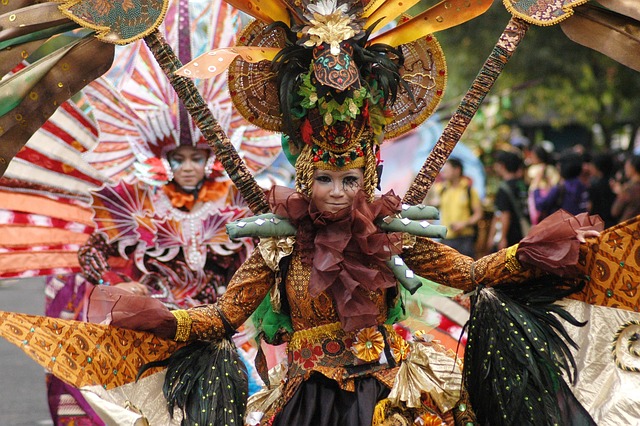Neoclassical vs. Classical Ballet: Understanding the Differences
Ballet, a timeless art form that has captivated audiences for centuries, is often divided into two distinct styles: neoclassical ballet and classical ballet. While both styles share common roots and graceful movements, they also possess unique characteristics that set them apart. Delving into the nuances of neoclassical and classical ballet can provide a deeper appreciation for the artistry, history, and evolution of this elegant dance form.
Classical Ballet: Preserving Tradition and Elegance
Classical ballet is the foundation upon which modern ballet has been built. Originating in the 18th century, it is marked by its adherence to traditional techniques, precise movements, and elaborate storytelling. One of the most iconic examples of classical ballet is "Swan Lake," composed by Pyotr Ilyich Tchaikovsky. The rigid structure of classical ballet requires dancers to exhibit impeccable technique and posture, often characterized by turnout—a rotation of the legs from the hips.
The costumes in classical ballet are elaborate and often involve intricate tutus and pointe shoes for female dancers, adding to the ethereal and magical ambiance. The narratives in classical ballets are often deeply rooted in fairy tales, mythology, and romance, and they are expressed through the choreography and emotive gestures of the dancers.
Classical ballet also follows a specific structure, typically consisting of an overture, various acts, and a grand finale. The music in classical ballets is equally vital, as it complements the storytelling and sets the emotional tone of each scene.
Neoclassical Ballet: Embracing Innovation and Expression
Neoclassical ballet emerged as a response to the traditional constraints of classical ballet. Developed in the 20th century, neoclassical ballet retains some classical techniques while introducing a more contemporary and innovative approach. Choreographers like George Balanchine played a pivotal role in shaping this style, emphasizing speed, clarity, and athleticism.
In neoclassical ballet, dancers often engage in intricate footwork and rapid movements that challenge the boundaries of traditional ballet. The costumes may be more streamlined and minimalist, allowing the focus to remain on the dancers' movements and the choreography itself.
One of the key differences in neoclassical ballet is its departure from linear storytelling. Instead of elaborate narratives, neoclassical ballet emphasizes abstract concepts and the pure expression of movement. This style encourages audiences to interpret the performance based on their own emotional responses, giving rise to a more personal and varied experience.
Comparing the Two Styles
While both neoclassical and classical ballet share the grace, discipline, and dedication that define ballet as a whole, they differ in their approach to movement and artistic intent.
Classical ballet celebrates tradition, adhering to established techniques and narratives. The emphasis on turnout, elongated lines, and intricate footwork characterizes its movement vocabulary. In contrast, neoclassical ballet seeks to break free from convention, experimenting with different movements, shapes, and dynamics to create a contemporary dance language.
Furthermore, the emotional impact of each style varies. Classical ballet often elicits a sense of nostalgia and romanticism, while neoclassical ballet can evoke a range of emotions, from excitement and awe to introspection and contemplation.
Appreciating the Beauty of Diversity
Ultimately, the distinction between neoclassical and classical ballet enriches the world of dance by offering dancers and audiences a diverse range of experiences. Classical ballet preserves the elegance and traditions of centuries past, while neoclassical ballet pushes the boundaries of innovation and creative expression.
Whether one prefers the timeless stories and regal movements of classical ballet or the daring experimentation and abstract interpretation of neoclassical ballet, both styles contribute to the captivating tapestry of ballet's history and evolution.
Conclusion
Neoclassical and classical ballet, though rooted in common origins, have evolved into distinct styles that celebrate different facets of dance. Classical ballet pays homage to tradition, technique, and narrative, while neoclassical ballet embraces innovation, athleticism, and abstraction. Understanding the differences between these two styles deepens our appreciation for the artistry, skill, and boundless creativity that ballet brings to the world stage.




